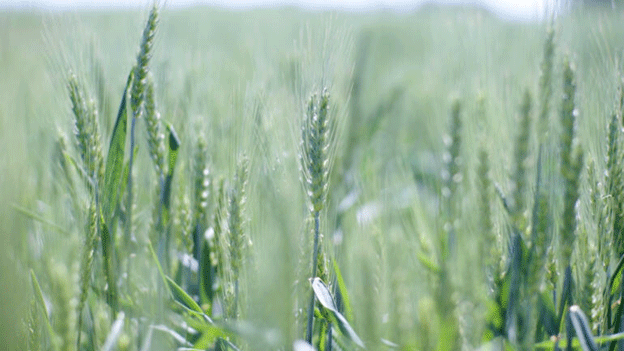In a landmark development, Argentina has begun exporting two herbicide-tolerant genetically modified (GMO) corn varieties to China. These corn varieties, developed within Argentina, represent a significant leap in the country’s efforts to enhance its agricultural trade and technological advancement.
China, which had long resisted importing GMO crops, reversed its stance in 2022, allowing genetically modified agricultural products to enter its markets. This policy shift opens doors to one of the largest corn-importing nations globally, offering new opportunities for Argentina to diversify its export portfolio.
A Changing Global Trade Landscape
China’s decision to allow GMO imports marks a pivotal moment in global trade, especially for major agricultural exporters like Argentina. Previously, China imposed stringent restrictions on GMOs, creating trade barriers for countries reliant on biotech advancements to boost crop yields and resilience.
For Argentina, this development is especially significant. Corn production accounts for over 30% of its agricultural GDP, with exports comprising a large share of its output. According to data from the U.S. Department of Agriculture (USDA), Argentina produced approximately 54 million metric tons of corn in the 2022/23 season, making it the world’s third-largest exporter after the U.S. and Brazil. China, meanwhile, imported nearly 20 million metric tons of corn in 2022, with projections indicating continued growth as demand for livestock feed and industrial uses increases.
Streamlining Trade Processes
The revised trade protocols not only allow Argentina access to China’s market but also simplify regulatory hurdles. Chinese importers can now secure permits more efficiently, reducing delays and fostering stronger trade relationships. This aligns with China’s broader strategy to diversify its import sources, particularly as climate uncertainties and geopolitical tensions impact traditional suppliers.
Argentina’s genetically modified corn varieties offer added benefits for Chinese importers. These crops are engineered for herbicide tolerance, increasing productivity and ensuring consistent supply—a crucial factor in meeting China’s growing demand for corn in animal husbandry and bioenergy sectors.
What This Means for Farmers and Markets
For Argentine farmers, this development could drive increased adoption of biotech crops, with GMO corn likely to see expanded planting in the coming seasons. It also positions Argentina as a key player in the competitive corn export market, potentially challenging the dominance of U.S. and Brazilian exporters.
However, the success of this trade relationship will depend on factors such as pricing, logistics, and the resilience of Argentina’s agricultural sector in the face of climate challenges like drought and heatwaves.
Argentina’s entry into China’s GMO corn market signals a transformative moment for global agricultural trade. By leveraging its biotech advancements and strategic market access, Argentina stands to strengthen its position in the global corn market. For farmers and agricultural stakeholders, this development underscores the importance of innovation and adaptability in navigating evolving trade landscapes.
Error





